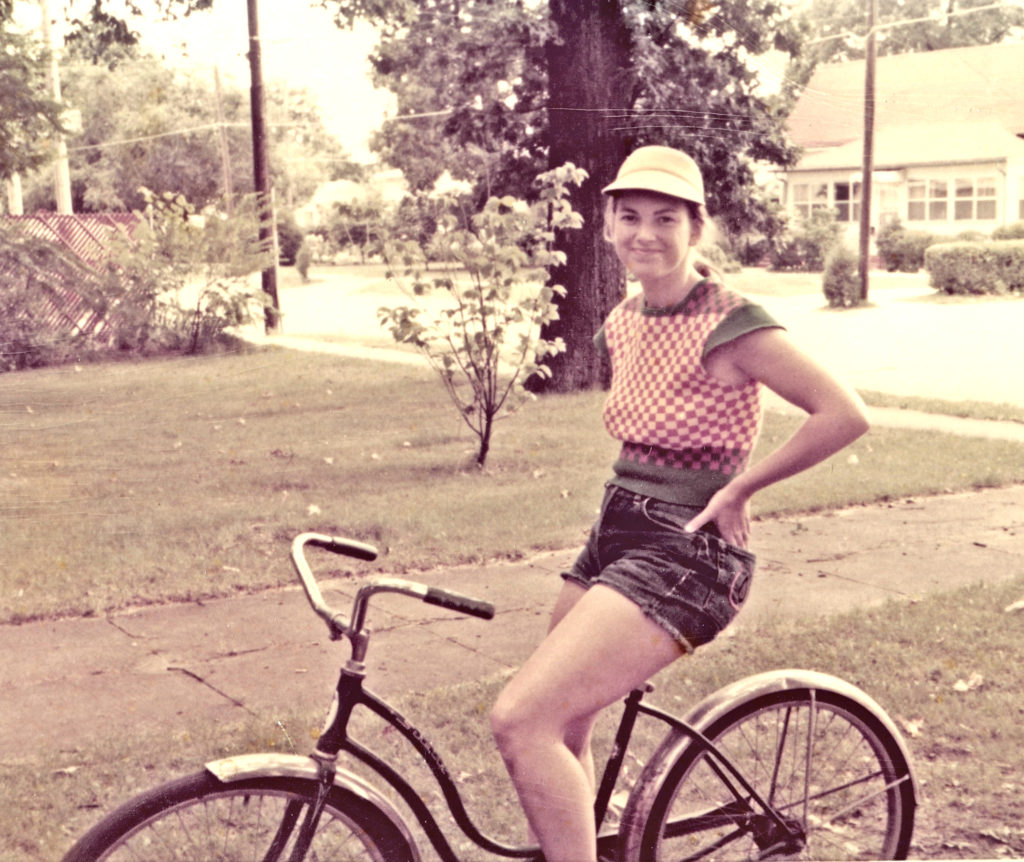
Henry Domke Fine Art
Lo And Behold: Reveries of the Connected World
A new mind for an old species
“Technology and life must share some fundamental essence. … However you define life, its essence does not reside in material forms like DNA, tissue, or flesh, but in the intangible organization of the energy and information contained in those material forms. Both life and technology seem to be based on immaterial flows of information.” (What Technology Wants, Kevin Kelly)
“Humanity is developing a sort of global eyesight as millions of video cameras on satellites, desktops, and street corners are connected to the Internet. In your lifetime it will be possible to see almost anything on the planet from any computer. And society’s intelligence is merging over the Internet, creating, in effect, a global mind that can do vastly more than any individual mind. Eventually everything that is known by one person will be available to all. A decision can be made by the collective mind of humanity and instantly communicated to the body of society.” (God’s Debris, Scott Adams, 2004)
“All information will come in by super-realistic television and other electronic devices as yet in the planning stage or barely imagined. In one way this will enable the individual to extend himself anywhere without moving his body— even to distant regions of space. But this will be a new kind of individual— an individual with a colossal external nervous system reaching out and out into infinity. And this electronic nervous system will be so interconnected that all individuals plugged in will tend to share the same thoughts, the same feelings, and the same experiences. […] If all this ends with the human race leaving no more trace of itself in the universe than a system of electronic patterns, why should that trouble us? For that is exactly what we are now!” (The Book: On the Taboo Against Knowing Who You Are, Alan Watts,1989)
“This very large thing (the net) provides a new way of thinking (perfect search, total recall, planetary scope) and a new mind for an old species. It is the Beginning. […] At its core 7 billion humans, soon to be 9 billion, are quickly cloaking themselves with an always-on layer of connectivity that comes close to directly linking their brains to each other. […] By the year 2025 every person alive — that is, 100 percent of the planet’s inhabitants — will have access to this platform via some almost-free device. Everyone will be on it. Or in it. Or, simply, everyone will be it.” (The Inevitable, Kevin Kelly)
When the interface becomes invisible
There’s been a lot of wailing and gnashing of teeth over Apple’s announcement there won’t be a headphone jack in the new iPhone. Eliminating the jack leaves more room inside the device and makes it more water resistant, which makes sense but Frank Swain (New Scientist) thinks there’s more going on here.
“Unlike visual interfaces, which demand your attention, audio provides an ideal interface for pervasive, background connectivity. The end goal is a more immersive type of computing, where the interface itself becomes invisible.”
I talk to my iPhone more and more. Google Now, Siri, text-to-speech. And my device (I just don’t think of it as a ‘phone’ these days) is getting better at “understanding” me and giving me the information I ask for.
But if Apple’s new bluetooth Air Pods work as Mr. Swain thinks they will, they might take us much closer to “a more immersive type of computing, where the interface itself becomes invisible.” Suspend your disbelief for a minute or two and imagine me sitting in my local coffee shop with my Air Pods in my ever-larger ears. I’m listening to Bob Dylan.
Siri: Excuse me, Steve, but you have a message from George Kopp. Would you like for me to read it to you? [George is on a VIP list of people I’ve told Siri I’d like to hear from when I’m doing other stuff]
Me: Yes, please.
Siri: George wants to know if you you’d like to have lunch at the fish place?
Me: Tell him I’d love to. What time?
Siri: I’ll check… George asks if noon is good for you?
Me: Tell him it’s a date.
[Later that morning]
Siri: The new John Sanford novel you pre-ordered on Amazon has shipped. Should arrive this Friday.
Me: Thanks, Siri. Put a link on my calendar to the description of the novel. I can’t recall what this one is about.
Siri: I’ve added a link. If you’d like, I can read you the description now…
Me: Okay. Please do [Siri starts to read the description, I remember, and tell her she can stop]
Siri has a standing order not to contact me between 10 p.m. and 7 a.m., unless I get a call from someone on my VIP list. Next morning I pop in one of the AirPods…
Me: Good morning, Siri. What do I have on the calendar for today?
Siri: You’re joking, right? [I’ve programmed Siri to have a sense of humor where she thinks appropriate] Actually, you do have one item. Hattie has an appointment at the vet for her annual shots. 4 p.m.
Me: When was she last at the vet? [Siri has access to my calendar, of course)
Siri: Looks like March 8th of this year. There’s a PDF of the vet’s notes from that visit attached to the appointment on your calendar. Would you like for me to email that to you?
Me: No thanks, I remember now. What’s the big news this morning? [I’ve given Siri a list of topics I’m interested in and she augments that with what I’ve been reading and searching. She reads headlines]
Me: Wow. Can you play the audio (from YouTube clip) of Trump saying he thinks Putin is a great leader?
Siri: Of course. The clip runs 45 seconds.
I could go on (and on) but you get the idea. Before anyone freaks out about Siri… this could Google Now or Amazon Alexa or (fill in the blank). And I’ve given my digital assistant access to all or most of my accounts. (Hey, Siri… when is my VISA bill due?)
Not keen on having a robotic voice buzzing in your ear all day? Chill. It will be as natural and pleasant as any human voice you hear. Even better. [More examples]
Will it seem strange to hear and see people talking quietly to these digital assistants? At first. But it’s pretty common to see people talking via bluetooth devices now. When everyone has and uses this kind of tool, it won’t seem that odd. Remember it would have once seemed strange to see people walking down the street talking on a phone.
No, I don’t think Apple is simply trying to get rid of the little white wire hanging from our ears. This is about a new way of accessing and interacting with all of the information in the world.
Prairie Garden Trust Overlook
The name really says it all: a prairie garden. In the middle of Missouri, about 20 minutes from my house. My friends Henry and Lorna manage this treasure and while I’ve taken many walks with Henry, I’ve never seen this magnificent view. Used irresponsibly, drones can be a pain in the ass. But they’re here to stay and we’ll be seeing our world differently from now on.
Nest Cam Outdoor
Meditation: 271 Days
After 271 consecutive days of meditation practice, I missed on Saturday. I was attending my 50th high school class reunion and just spaced it off. My previous streak of 371 days (starting on December 4, 2014) ended during a bout with pneumonia (December 5, 2015). I don’t get hung up on the quality of my practice or the duration but I do try to be consistent in sitting every day, if only for 10 minutes. Which is the only reason I keep track of my sessions. As I’ve noted previously, missing once a year might not be a bad thing if it keeps me from focusing on the string instead of today’s session. So today is two in a row!
The Internet Has Not Killed the Printed Book
“Sixty-five percent of adults in the United States said they had read a printed book in the past year, the same percentage that said so in 2012. When you add in ebooks and audiobooks, the number that said they had read a book in printed or electronic format in the past 12 months rose to 73 percent, compared with 74 percent in 2012. Twenty-eight percent said they had opted for an ebook in the past year, while 14 percent said they had listened to an audiobook.”
“The Pew study, based on a telephone survey of 1,520 adults in the country from March 7 to April 4, reports that people are indeed using tablets and smartphones to read books. Thirteen percent of adults in the United States said that they used their cellphones for reading in the past year, up from 5 percent in 2011. Tablets are a similar story: 15 percent said that they had used one for books this year, up from 4 percent in 2011.”
“While 6 percent said they read books only in digital format, 38 percent said they read books exclusively in print. But 28 percent are reading a combination of digital and printed books, suggesting that voracious readers are happy to take their text however they can get it.”
New York Times
Did social media kill graffiti?
 I’m not talking about spray painted tags on the sides of rail cars, rather those pithy little observations on the walls of restroom stalls.
I’m not talking about spray painted tags on the sides of rail cars, rather those pithy little observations on the walls of restroom stalls.
This was a big thing (at least in my circle) during the late 60s and 70s. My first recollection of this art form was in the hall bathroom outside Dr. Peck’s TV room. This was hangout #1 for our tribe (we didn’t call it that back then). Someone (Richard or Charlie?) had tacked a piece of poster board to the bathroom door with a Bic pen hanging on a piece of string. Someone would scribble something clever and others would comment in endless strings of puns and nonsense.
I don’t recall these ever being discussed face-to-face, the conversation was limited to the poster board. When it was so filled there was no room for one more witticism, the poster was replaced and the old one archived somewhere.
In the photo below you see what I believe is a piece of sheetrock leaning against a wall in the living room of the house where AJ and I lived (Church Street, Kennett, MO). There was a party nearly every night and it didn’t take long to completely cover a piece of poster board.
If there was a zeitgeist for this golden age of my youth, it was scrawled on these graffiti boards. Today these bon mots are tweeted or IM’d Instagrammed but surely something is lost.
